Precision Farming’s New Tool – The Mavic 3 Multispectral
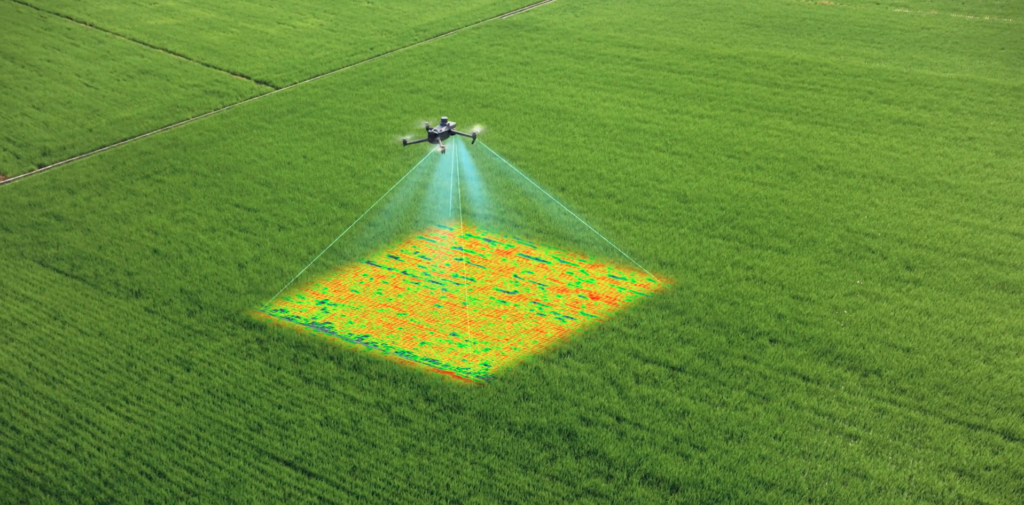
The new Mavic 3 Multispectral Drone is a game-changer for farmers, agricultural workers and environmental scientists. Equipped with a special camera that can see in the near-infrared spectrum, allowing users to see things that they wouldn’t be able to see with the naked eye. The multispectral camera can be used to spot crop stress, identify pest infestations, and track water levels. With this drone, farmers will be able to improve their yields and decrease their costs.
DJI Zenmuse H20T; an integration of powerful multi-sensors
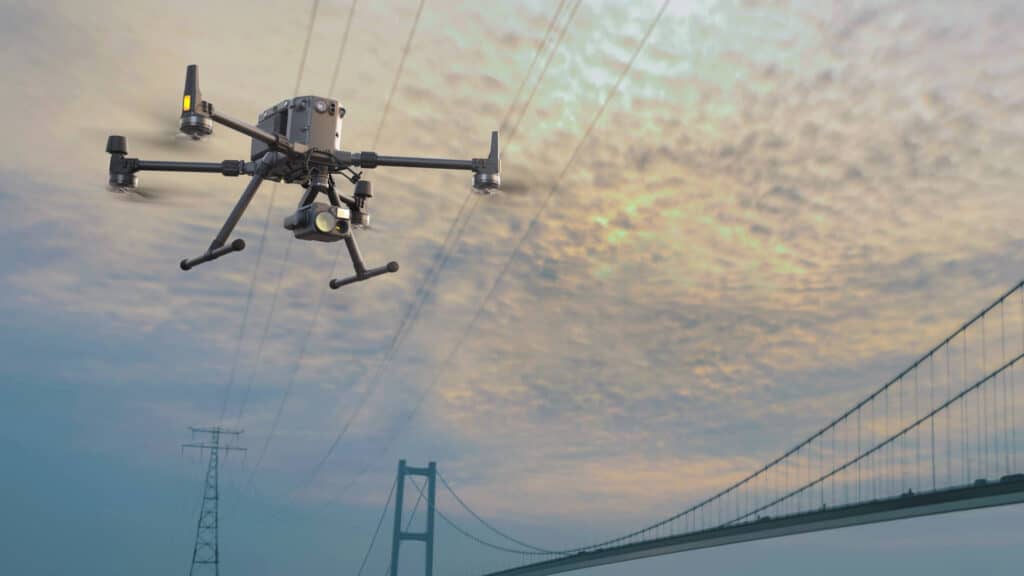
DJI Zenmuse H20T is an incredible payload from the H20 series, and is popularly known for its thermal capabilities. First, let’s get the basics right. The ‘H’ stands for its ‘Hybrid’ nature, ’20’ denotes its 20MP zoom camera and ‘T’ stands for Thermal camera. Well, H20T isn’t just that; what if I say it incorporates the capacities of DJI’s best industrial drone platforms? Let’s explore more about the DJI Zenmuse H20T.
DJI Zenmuse H20N v/s H20T; What’s the best?

Let’s talk about DJI’s Zenmuse H20 Series – DJI’s first hybrid sensor solution. The payloads in the H20 series (DJI Zenmuse H20N and DJI Zenmuse H20T) share multiple similarities but have certain variations too. And the significant difference between them lies in the slight change in the labelling at the end – T or N. T for ‘Thermal’ and N for ‘Night Vision’; this is where the major difference lies, both cost-wise and function-wise. Pricing-wise, the H20N is a bit costlier than its thermal counterpart. Even though these payloads are meant for specific industrial needs, you might have this natural tendency to compare them. ‘What’s the best?’ is a question we can’t help. Don’t worry; this article is for you. Let’s explore DJI Zenmuse H20N v/s H20T; here, we will discuss about the headline innovations, similarities and differences of these incredible payloads in the H20 series.
LiDAR or Photogrammetry – Which one is better?

Drones make operations Safer, Efficient, Accurate, Quick, and way more Cost-effective compared to traditional practices. Drones are becoming increasingly popular in Surveying and Mapping, and this adoption can only be attributed to the huge array of benefits that come along with it. Drones allow you to conduct operations with a fraction of the workforce while improving efficiency and accuracy; moreover, drone-powered surveys and mapping are 75%-80% quicker than terrestrial measurement while giving you high precision and improved safety. For surveying and mapping professionals, LiDAR and Photogrammetry data-capturing techniques have been a part of the process. Now the only question that is troubling almost everyone – from amateurs to experienced drone professionals is – ‘Which one is better – Lidar or Photogrammetry?’ and naturally, the next question is – ‘DJI Zenmuse L1 or DJI Zenmuse P1? So let’s get into this dilemma.
DJI Zenmuse P1; Sub-centimeter GSD when Surveying & Mapping
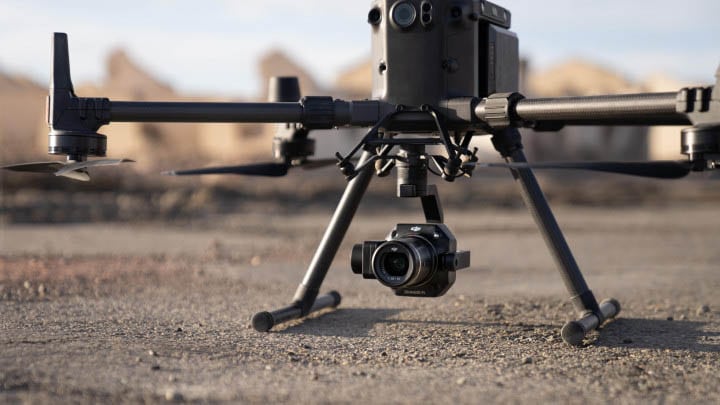
Let’s talk payloads – Drone professional’s favourite photogrammetry tool, the DJI Zenmuse P1.
Did you know that P1 is DJI’s largest image sensor with the highest resolution? The Phantom 4 RTK – the closest competitor, has a 20MP sensor, which is 7.5 times smaller than the DJI Zemuse P1. There are a lot of exciting features to explore on P1, including its full-frame sensor, interchangeable lenses, the Smart Oblique Capture function and more. We hope this article will guide you to make better-informed decisions.
DJI Zenmuse L1; LiDAR Survey Made Easy
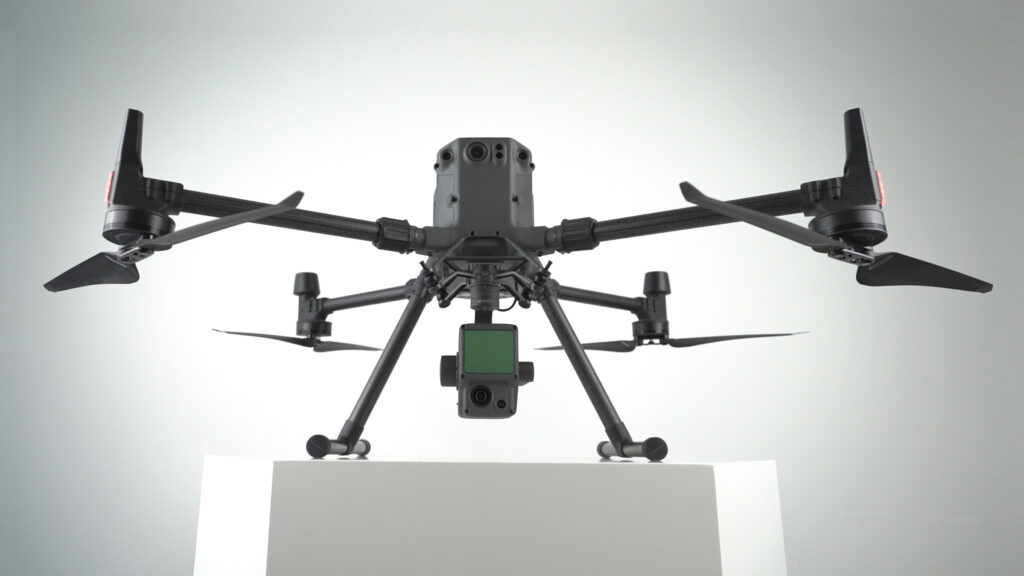
For a multitude of reasons, DJI’s first Livox LiDAR payload — the Zenmuse L1, is gaining a lot of traction among drone professionals. First of all, the DJI Zenmuse L1 incorporates the powers of both laser and visible light; this payload can simultaneously capture both LiDAR and Photogrammetry data. L1 is well known for capturing ‘accuracy’ by integrating a Livox LiDAR module, a high-accuracy IMU, a survey-grade camera, and additionally, it comes with a 3-axis stabilized gimbal. Well, not just that, there is a lot more to explore on this unparalleled player in the Drone-based solutions!
Confessions of a Drone Professional: Why We Love the M300 RTK
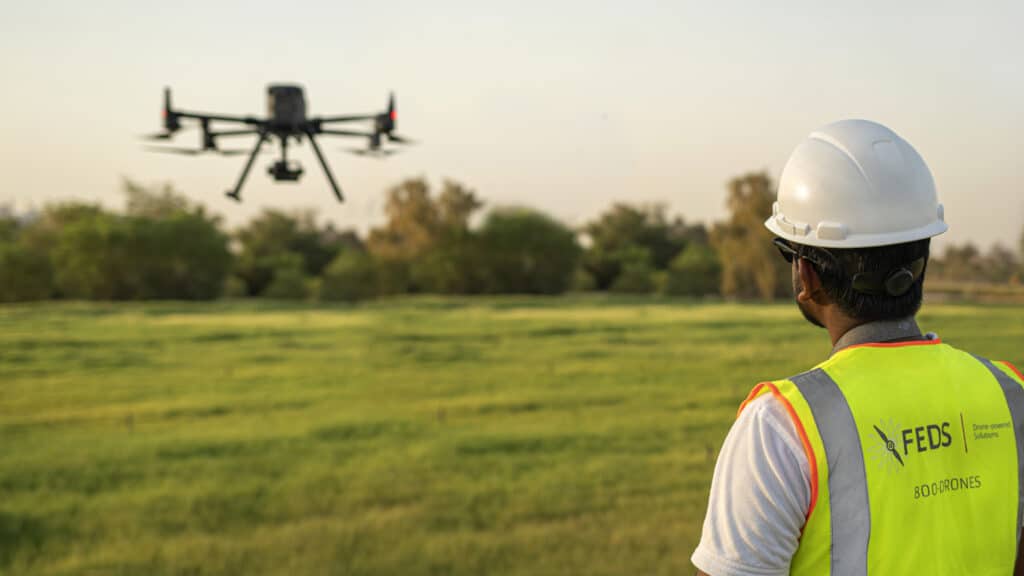
There is no doubt that DJI’s Matrice 300 RTK has set a new standard for the commercial drone industry. With its array of purposeful and powerful features combined with a robust build, you’d be hard-pressed to find better. However, this isn’t an article where we discuss the features of the M300 RTK — there are plenty of those already; in this article, we will be discussing why the pilots at FEDS-drone Powered Solutions love working with this powerful drone system.
What are the benefits of Spraying Drones? Exploring DJI Agras
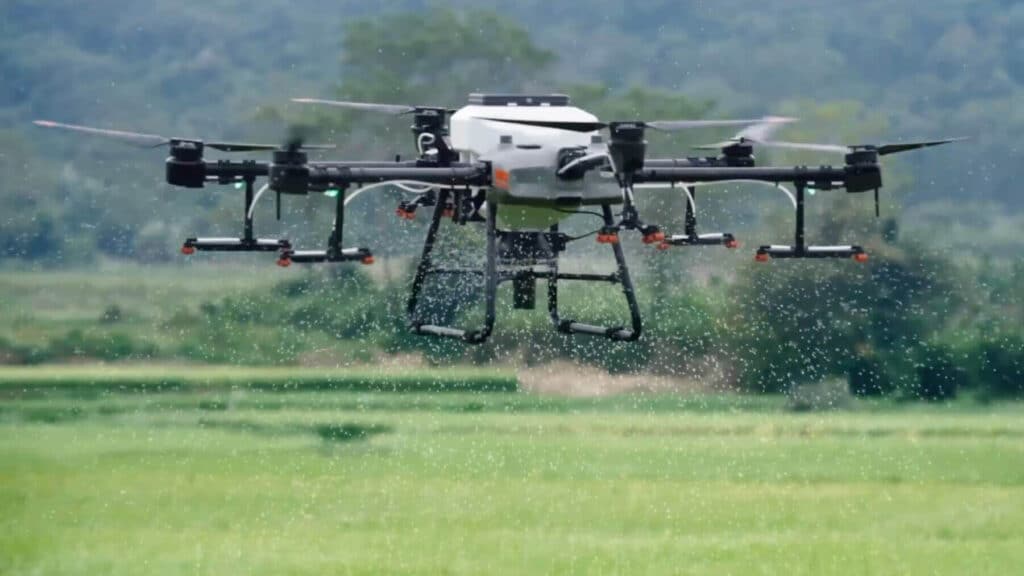
Remote sensing drones remove the guesswork from agriculture. They provide you with precise knowledge of your crops. You can then use this data or knowledge to allocate resources efficiently. Drones are the favored tool to obtain this data, but drones’ lesser-known application is the ability to act on this data. These drones are known as ‘spraying drones’ or agricultural drones. Let’s explore the DJI Agras.
Surveying and Mapping Made Easy with the DJI M300 RTK
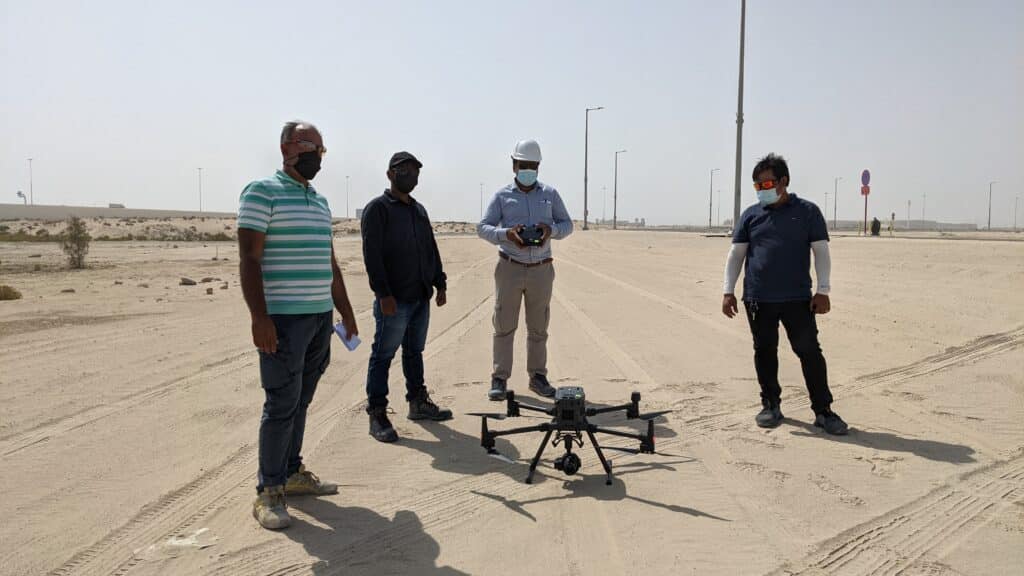
The DJI M300 RTK excels at capturing data quickly and efficiently from different points and perspectives that are otherwise inaccessible to humans.
How DJI Zenmuse L1 Makes Right of Way Surveys Flexible and Practical
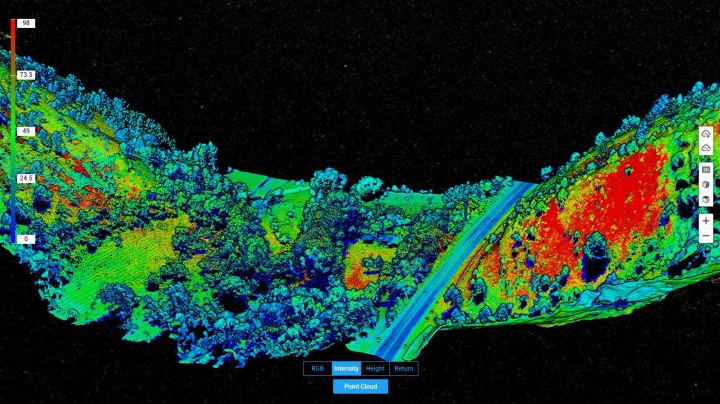
Right of Way (ROW) Surveys are tricky but incredibly important to Power & Utilities companies looking to expand their power grid. Especially in areas with dense vegetation and tree growth, in these areas, photogrammetry cannot provide bare ground level elevations. Without a reliable DTM (Digital Terrain Model), the next set of substations and power lines cannot begin. This is where LiDAR comes in. Using drone-powered LiDAR -DJI Zenmuse L1, we were able to survey the modest stretch of land quickly, efficiently and cost-effectively.
